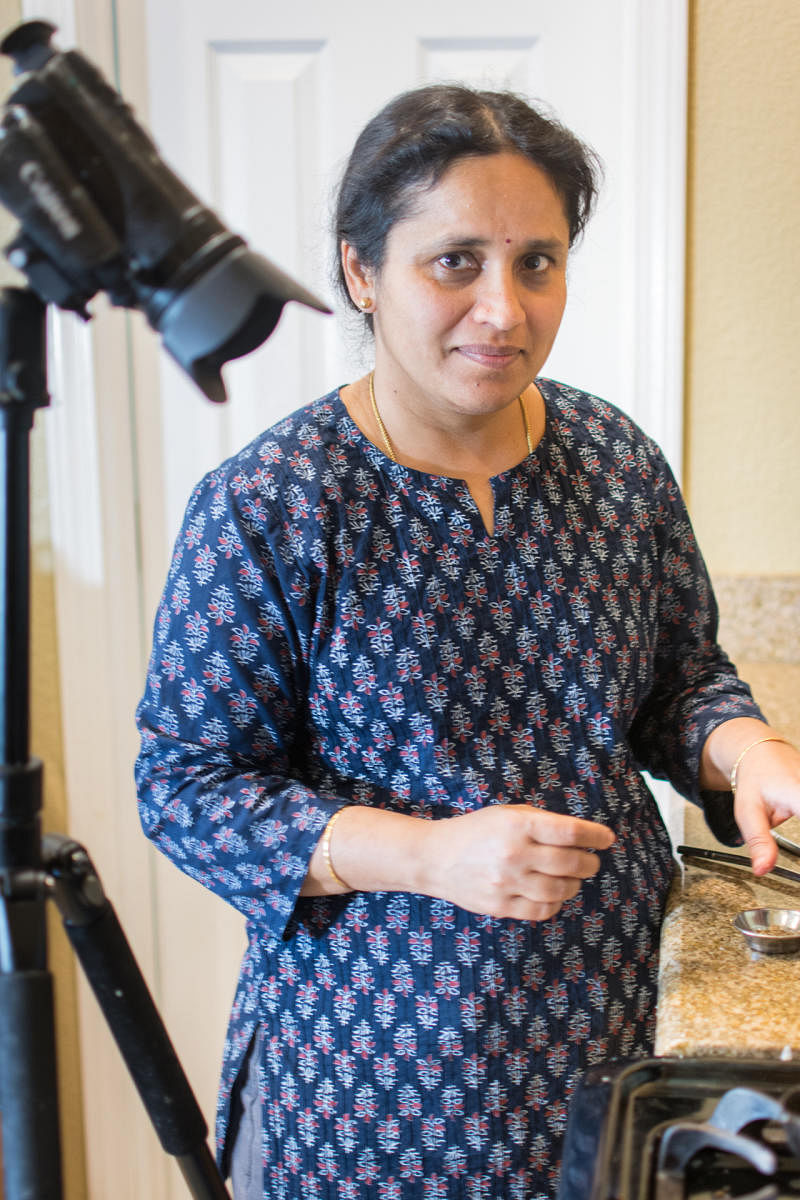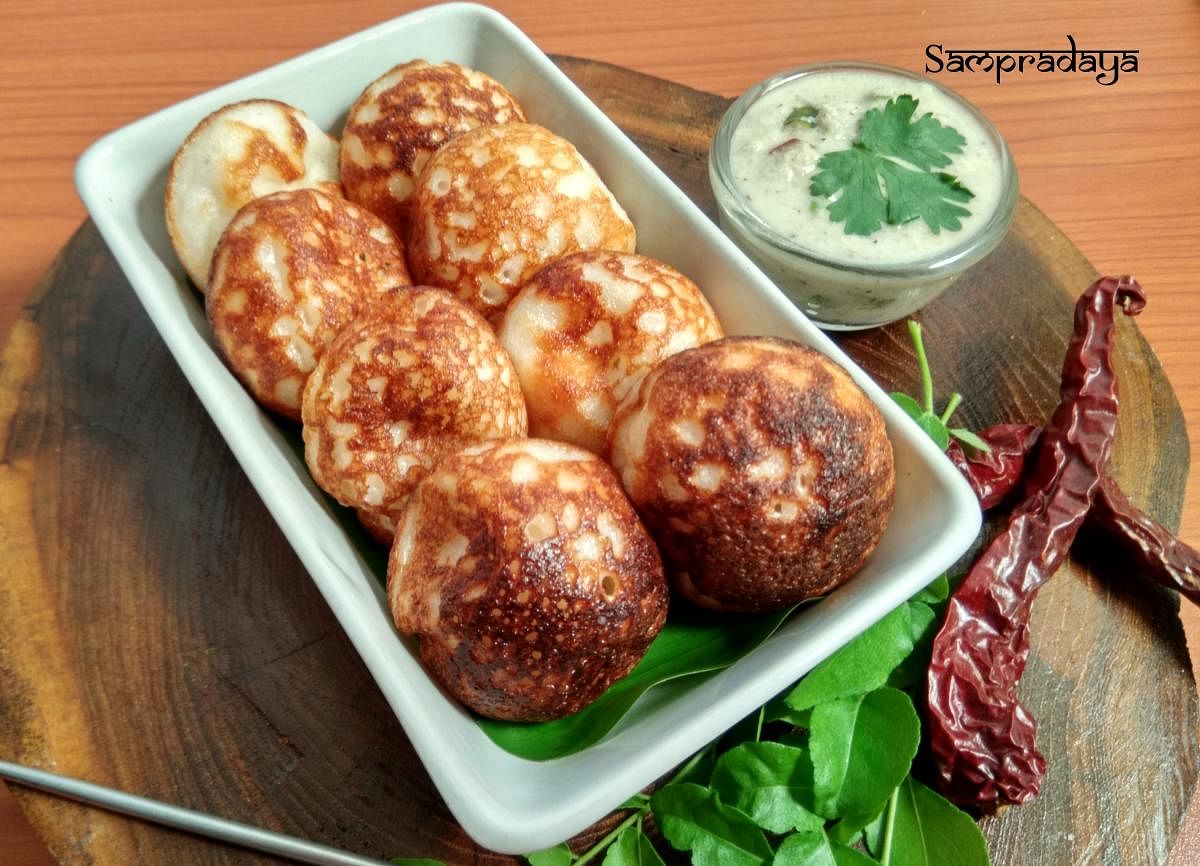
Even if you don’t cook, it’s hard not to be taken in by the sumptuous food videos that we often come across online. Short and simple, these mouth-watering videos often offer many social media users an insight into how to make a dish, which may be unique to a certain region or universal across the country. What’s more, social media platforms such as YouTube offer a way for one to pass along our grandmother’s secret recipe or even plan our next meal.
Taking this into account, many have now started uploading videos of easy-to-do recipes from their culture or region. In fact, one can see many YouTube channels dedicated entirely to the food diversity of Karnataka. Many video creators started it as a way to offer curious people a sneak peek into making a particular dish as accurately as possible. “YouTube has allowed anybody with a phone to capture and share what they see. What we’ve noticed, as a result, is countless videos of people making traditional dishes that you might not see outside of a small village or town. A lot of these videos might not have high production quality, but the value in capturing such region-specific techniques and recipes is priceless,” shares Raji Chandrashekar of Swayampaaka, a YouTube channel.
Grandma’s recipes
One can see many unique recipes being uploaded and watched enthusiastically every day on YouTube. Particularly, many traditional dishes that are on the verge of being forgotten and those that are passed on orally or are written down in a family diary are showcased in many of the videos. “The preparation and taste of the same dish can vary from house to house. And a lot of these recipes are forgotten and lost due to various reasons,” says Akshaya R Shastry, who runs Sampradaya Kitchen on YouTube and Facebook.
“However, today, with the help of social media, these recipes are available at any time to anyone who wishes to prepare them. As a result, these traditional delicacies are kept alive.” With many now going back to the basics and their roots, such videos give them an opportunity to reconnect with the food of their childhood.
What’s more, watching these videos allows them to discover other traditional dishes of Karnataka. Perhaps, what makes these videos attractive for viewers is the fact that the warmth of the presenters and their desire to document traditional recipes through videos that are mostly shot in a casual setting (usually their home).
These food videos act as a bridge for many to learn a new food culture and cooking techniques, be entertained and finally, gain expertise in cooking the food that they are familiar with. So, what makes these videos work: a digestible, doable recipe, highly focussed
presentation and the opportunity to form a community.
Considering that the foodscape of Karnataka is vastly diverse, keeping up with it can be a bit difficult as each region’s food and cooking methods are distinctive. For example, the cuisine and eating habits in South Karnataka revolves around rice and finger millet and as ones moves north, the consumption of various types of rotis increases. So, with such a rich diversity, Karnataka has a lot to offer in the traditional space.
However, it needs to be kept in mind that most of the traditional food recipes of Karnataka aren’t yet widely popular as most of the regional recipes are quite niche, as in one should have developed or develop a taste for them. “For example, in Dakshina Kannada, a few specialty dishes are created using jackfruit, which people may or may not like. So, they may not have a great viewership as compared to a popular dish like a curry prepared in a hotel, but they have picked up gradually,” says Akshaya.
Distinctive preparations
What’s more, many of the viewers for these videos are not just limited to the State – they also come in from across the country and from abroad as well. For Akshaya, it was the traditional brinjal curry prepared in the Udupi Krishna temple that attracted the attention of many of her viewers, while Sumana was able to make it through her traditional recipe for kotte kadubu, a type of idli that is traditionally made using jackfruit leaves.
With several such videos coming out on traditional dishes of Karnataka, many more people are now becoming more receptive to try them out. As a result, many are willing to take the plunge and try food that are different from what they usually eat. Some videos that are popularly searched for include gulla bolu huli, akki rotti, golibaje, bisi bele bath, uppittu, Badanekai yennegai, gojju, jolada rotti, gurellu chutney podi, jhunka vadi , types of idli-dose, Mangalore buns and Mysore Pak. “As a video-sharing platform, YouTube has creators from various communities sharing their recipes of delicacies from their hometown. Thus, even lesser-known dishes are put on the spotlight for everyone to see,” adds Archana.
But what makes Karnataka food stand out on social media platforms like YouTube is its simplicity. Additionally, many of the videos often shed light on ingredients that are region-specific, like colocasia leaves in pathrode. But what makes food from Karnataka really stand out online, particularly on YouTube? “It’s probably the wide variety of dishes and techniques — each region within Karnataka has so many unique recipes, as well as variations on dishes that we make. It’s intriguing to see all the variety as more creators from Karnataka share their content on YouTube,” shares Raji.
Though many of the recipe video creators of Karnataka share different dishes from across the State, they began with the same burning desire: to showcase the food diversity that is present here. What’s more, they are able to do their bit to preserve traditional recipes and pass it on to the next generation through the medium that they perhaps enjoy the most: visual media.
